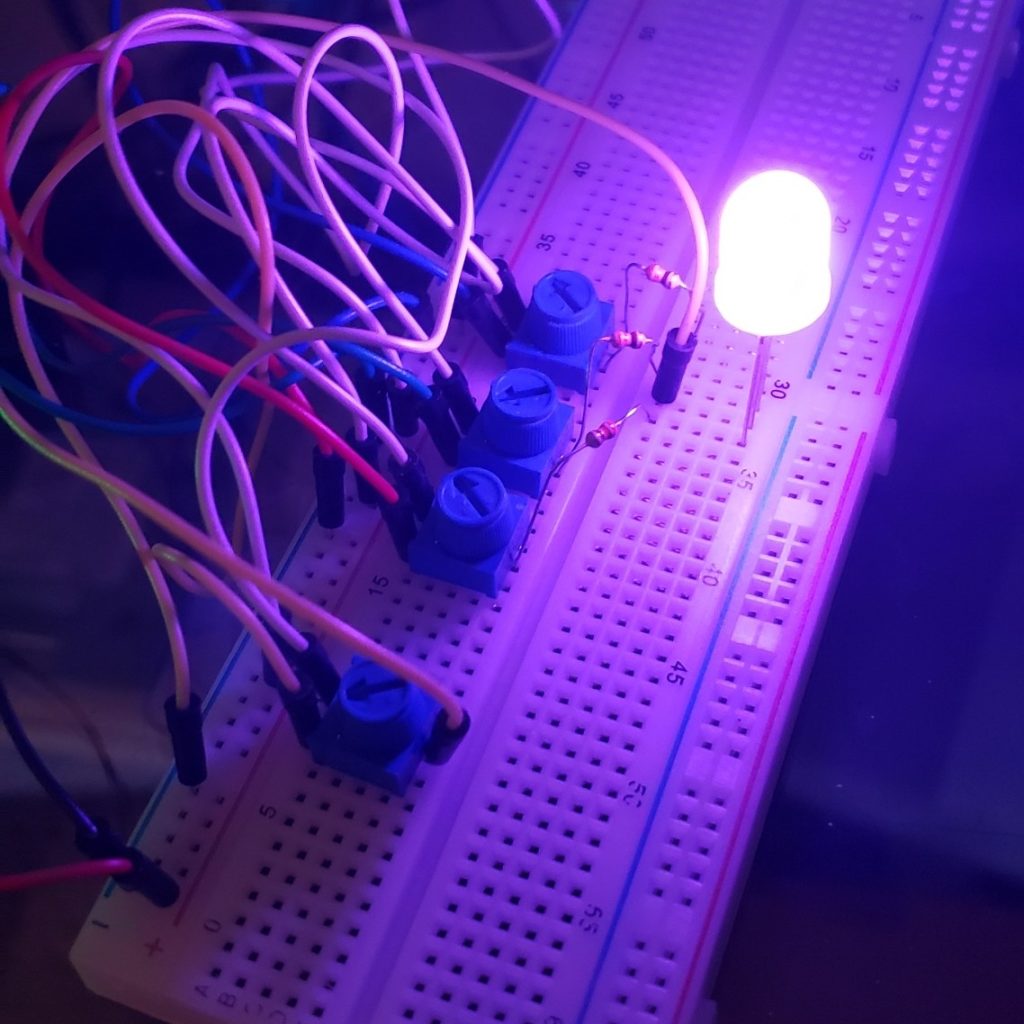I’m a big fan of computers which is why I’m glad to be a Computer Scientist. I like to say that, because of my Computer Science degree, I can explain almost everything that happens from the time I press a letter key on my keyboard to the time that letter shows up on a website for someone else to see. It would be really boring for most people and take way longer than anyone wants but I could do it.
I understand programming concepts and binary and the purpose for all the parts in a computer and why those parts are measured the way those parts are measured but the one thing I’ve never been confident on is the basics of electricity.
I don’t need to know the basics of electricity to work as a programmer. I especially don’t need to know about the basics of electricity to work as a web developer. A web developer needs to know that computers communicate and calculate and hold data in memory. Most of us don’t need to often worry ourselves with the OSI model for networking or the structure of a central processing unit (CPU) for calculating or inner-workings of random-access memory (RAM). We just need to know how those things affect the code we’re writing for the products we’re building. So why would I “waste my time” learning the basics of electricity?
I’m learning about electricity precisely because it’s an interest to me and a possible waste of time. I like programming software but I do that for work. Playing with electricity is a hobby because it’s a possible waste of time and playing with electricity is fun! Creating things with software is much easier than creating things with hardware but I find creating things with hardware feels more adventurous.
When I’m comfortable with knowing about electricity and how computers use electricity, I can explain absolutely everything that happens in a computer even though that would be even more boring for most people and take even more time than anyone wants but I could do it.
Here are the resources I’ve been using to learn about electricity:
- Khan Academy’s Electrical Engineering courses (https://www.khanacademy.org/science/electrical-engineering): I highly recommend Khan Academy for learning any sort of science, technology, engineering or math (STEM) subject!
- SparkFun (https://www.sparkfun.com/): A few years ago I bought a SparkFun Inventor’s Kit (SIK). Sparkfun is up to version 4.1 of the Inventor’s Kit and mine is version 3.2 so my kit is not nearly as cool as the kit we can buy now. The SIK is made to introduce people to programming and hardware interaction and since I’m comfortable with programming it absolutely got me more interested in hardware. Playing with the SIK made me think “Yeah I can make an RGB LED blink and change colors using code but how could I do that without software?” and here I am. Sparkfun also sells more doodads and whatsits than I could ever need and some that I want. Sparkfun is also in Colorado which means I always end up on the quicker end of the shipping estimates which is very nice.
If you have any favorite sources for learning electricity basics I’d love to hear about those sources!
